Home>Kitchen & Cooking>Kitchen Gadgets & Utensils>Who Invented The Tea Kettle
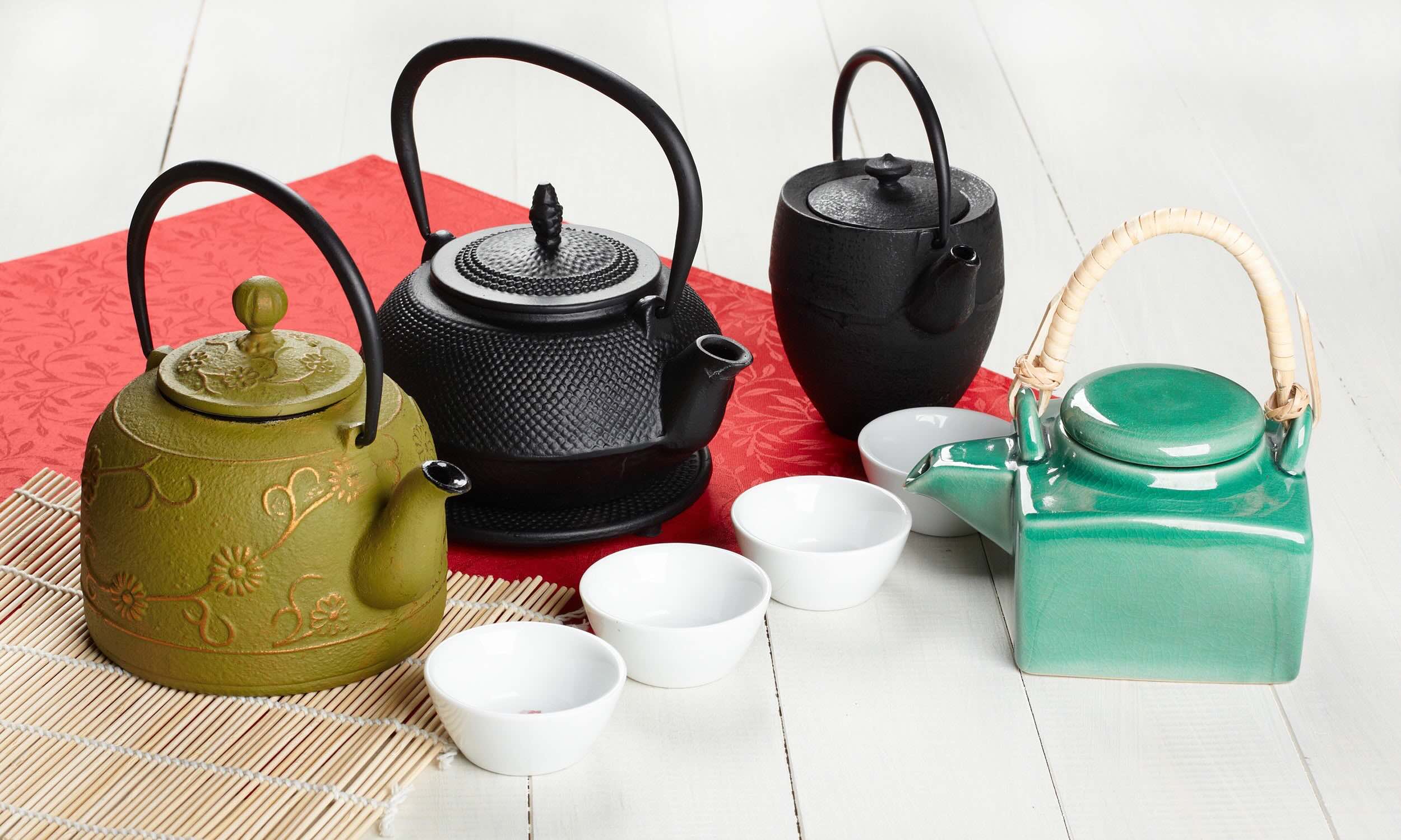

Kitchen Gadgets & Utensils
Who Invented The Tea Kettle
Modified: February 27, 2024
Discover the history of the tea kettle and its inventor. Learn about the evolution of kitchen gadgets and utensils throughout the years. Explore the fascinating origins of this essential kitchen tool.
(Many of the links in this article redirect to a specific reviewed product. Your purchase of these products through affiliate links helps to generate commission for Storables.com, at no extra cost. Learn more)
Introduction
Tea, a beverage cherished for its soothing properties and rich cultural significance, has been enjoyed for centuries across the globe. The process of brewing the perfect cup of tea is an art form in itself, and at the heart of this ritual stands the humble yet indispensable tea kettle. This article delves into the fascinating history and evolution of the tea kettle, exploring its origins, development, and the innovative designs that have shaped its modern form.
The tea kettle has been an essential companion in kitchens for generations, providing a means to boil water for tea, coffee, and a myriad of culinary endeavors. Its iconic whistle has become synonymous with the anticipation of a comforting brew, making it a beloved staple in households worldwide.
Join us on a journey through time as we uncover the captivating tale of the tea kettle, from its early inception to the innovative designs that grace modern kitchens. Let's explore the ingenuity, craftsmanship, and cultural significance that have made the tea kettle an enduring symbol of warmth and hospitality.
Key Takeaways:
- The tea kettle has a rich history, evolving from ancient clay pots to modern, sleek designs. Its enduring presence in kitchens worldwide reflects its cultural significance and unwavering practicality.
- Innovations in tea kettle design, from smart features to advanced materials, enhance the brewing experience while honoring tradition. The tea kettle remains a cherished symbol of warmth and conviviality.
Read more: How To Make Tea With A Tea Kettle
Early History of the Tea Kettle
The origins of the tea kettle can be traced back to ancient civilizations, where the need for a vessel to heat water was paramount. The earliest versions of the tea kettle were simple pots or containers made from clay, metal, or heat-resistant materials. These vessels, while rudimentary in design, served the fundamental purpose of heating water over an open flame or hot coals.
A significant milestone in the evolution of the tea kettle occurred during the Tang dynasty in China, where the first cast iron kettles emerged. These kettles, adorned with intricate designs and often featuring ornate handles, represented a fusion of functionality and artistic expression. The craftsmanship of these early kettles reflected the cultural reverence for tea and the ceremonial significance of the brewing process.
As trade routes expanded and cultural exchange flourished, the concept of the tea kettle spread to other regions, including the Middle East and Europe. Each culture infused its unique craftsmanship and materials into the creation of tea kettles, resulting in a diverse array of styles and designs.
During the medieval period in Europe, the tea kettle underwent further transformation, with the introduction of spouts and lids, enhancing its functionality and convenience. The demand for tea kettles surged as tea consumption gained popularity, leading to advancements in metallurgy and the production of more refined and durable kettles.
Throughout history, the tea kettle has been intertwined with the ritual of tea preparation, becoming an emblem of hospitality and conviviality. Its evolution mirrors the cultural shifts and technological advancements that have shaped human civilization, underscoring its enduring relevance in both practical and symbolic contexts.
The Development of the Modern Tea Kettle
The transition from traditional to modern tea kettles marked a significant leap in both functionality and aesthetics. The Industrial Revolution played a pivotal role in revolutionizing the production and design of tea kettles, ushering in an era of mass manufacturing and innovative materials.
During the 19th century, the advent of stainless steel and aluminum transformed the landscape of tea kettle manufacturing. These materials offered enhanced durability, heat conduction, and corrosion resistance, setting the stage for the widespread adoption of modern tea kettles in households worldwide.
The incorporation of ergonomic handles, heat-resistant grips, and whistle mechanisms further elevated the practicality and safety features of modern tea kettles. These advancements not only streamlined the process of boiling water but also enhanced the user experience, making tea preparation more convenient and enjoyable.
As the demand for convenience and efficiency grew, electric tea kettles emerged as a game-changing innovation in the 20th century. These electric counterparts eliminated the need for a stove or open flame, providing a rapid and controlled heating solution. The integration of automatic shut-off features and variable temperature settings added a new dimension of precision to the art of brewing tea.
Moreover, the evolution of design trends and consumer preferences has led to a diverse array of modern tea kettle styles, ranging from sleek and minimalist to vibrant and whimsical. The marriage of form and function has resulted in tea kettles that serve as focal points in kitchen decor, reflecting individual tastes and complementing diverse interior aesthetics.
Today, the modern tea kettle stands as a testament to the fusion of innovation, craftsmanship, and practicality. Its evolution mirrors the ever-changing needs and preferences of tea enthusiasts, while honoring the timeless tradition of preparing the perfect cup of tea.
The modern design of the tea kettle was invented by a British physicist named Benjamin Thompson, also known as Count Rumford, in the 18th century.
Innovations in Tea Kettle Design
The evolution of tea kettle design has been marked by a series of remarkable innovations that have redefined both form and function. From traditional stovetop models to cutting-edge electric variants, each iteration has brought new conveniences and features to the art of tea preparation.
One notable innovation in tea kettle design is the incorporation of heat-resistant materials such as borosilicate glass and BPA-free plastics. These materials not only offer transparency for monitoring the water level but also provide lightweight and durable alternatives to traditional metal kettles. The visual appeal of glass kettles, in particular, adds a touch of elegance to the brewing process, allowing users to witness the mesmerizing dance of boiling water.
Furthermore, the introduction of cordless electric tea kettles has revolutionized the user experience, offering mobility and freedom of movement during the boiling process. The detachable base and cordless design provide unparalleled convenience, allowing users to pour hot water without being tethered to a power outlet.
In the realm of stovetop tea kettles, the integration of precise pour spouts and ergonomic handles has enhanced pouring accuracy and comfort, minimizing spills and ensuring a seamless tea-serving experience. Additionally, the development of quick-heating induction-compatible tea kettles has catered to the needs of modern kitchens equipped with induction cooktops, expanding the accessibility of efficient tea brewing methods.
Modern tea kettles have also embraced smart technologies, with features such as programmable temperature settings, LED indicators, and one-touch controls. These advancements empower users to customize their tea brewing process with precision, ensuring optimal extraction of flavors from various tea varieties.
Another noteworthy innovation is the incorporation of water filtration systems within electric tea kettles, providing an added layer of purification for tap water and enhancing the overall quality of the brewed tea. This feature underscores the commitment to both convenience and the pursuit of exceptional tea flavor profiles.
As the art of tea making continues to evolve, the innovations in tea kettle design reflect a harmonious blend of tradition and modernity, catering to the diverse needs and preferences of tea enthusiasts while elevating the ritual of brewing tea to new heights.
Conclusion
The tea kettle, a timeless symbol of warmth and conviviality, has traversed centuries of human history, evolving from humble vessels to sophisticated culinary companions. Its journey from ancient clay pots to sleek, high-tech marvels mirrors the cultural tapestry of tea-drinking traditions and the ever-changing landscape of kitchen technology.
From the ornate cast iron kettles of ancient China to the sleek, programmable electric kettles of the 21st century, the tea kettle has remained an indispensable tool in the art of tea preparation. Its enduring presence in kitchens around the world serves as a testament to its unwavering significance, transcending mere functionality to embody a cherished ritual that brings people together.
The innovations in tea kettle design, ranging from the integration of smart features to the use of advanced materials, reflect a commitment to enhancing the user experience while honoring the time-honored tradition of brewing the perfect cup of tea. Whether it’s the soothing whistle of a stovetop kettle or the seamless efficiency of an electric model, the tea kettle continues to hold a special place in the hearts of tea enthusiasts and home cooks alike.
As we embrace the future of tea kettle design, one thing remains certain: the spirit of hospitality and the joy of sharing a comforting cup of tea will forever be intertwined with the legacy of the tea kettle. Its evolution is a testament to the enduring appeal of a simple pleasure—a ritual that transcends time and culture, inviting us to pause, savor the moment, and partake in the timeless tradition of brewing warmth and camaraderie, one kettle at a time.
Frequently Asked Questions about Who Invented The Tea Kettle
Was this page helpful?
At Storables.com, we guarantee accurate and reliable information. Our content, validated by Expert Board Contributors, is crafted following stringent Editorial Policies. We're committed to providing you with well-researched, expert-backed insights for all your informational needs.
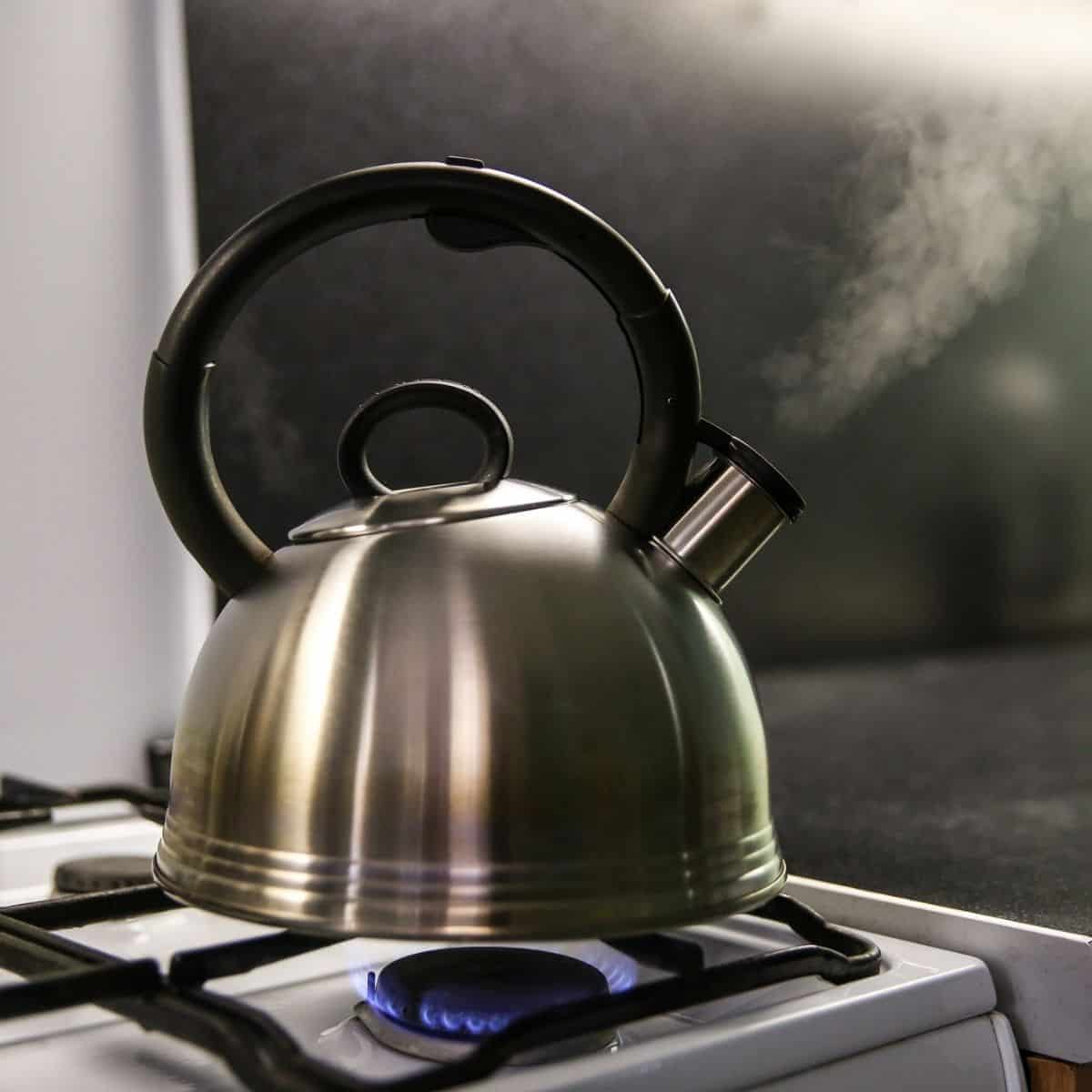
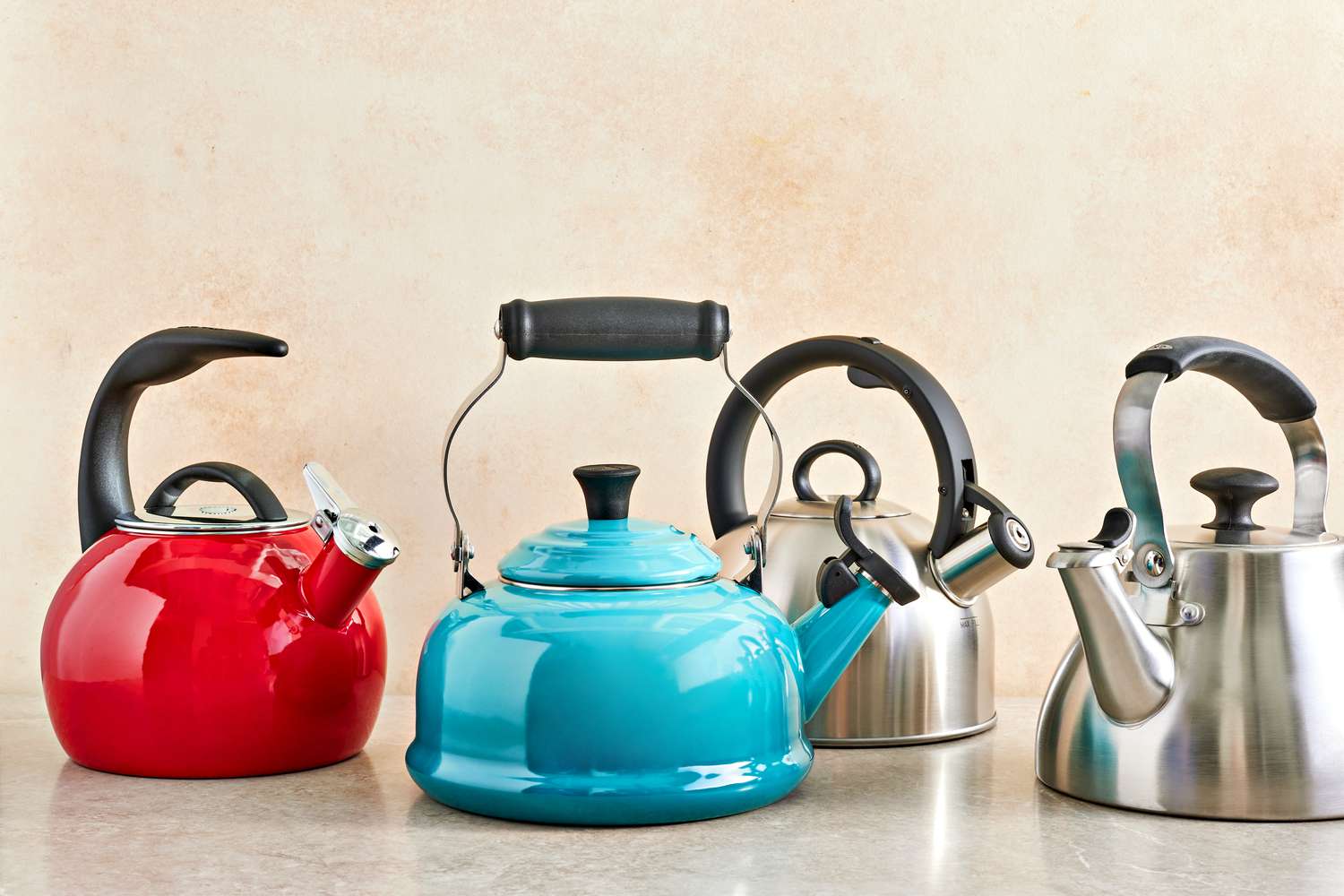
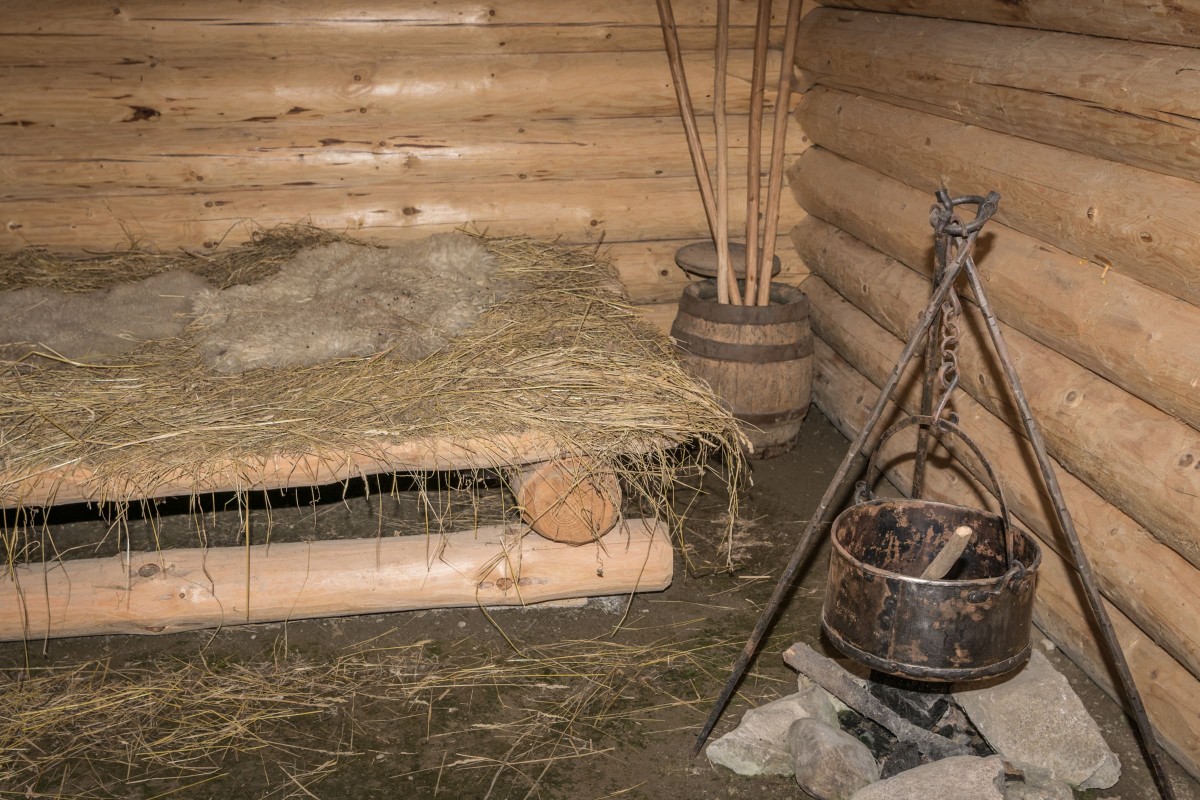
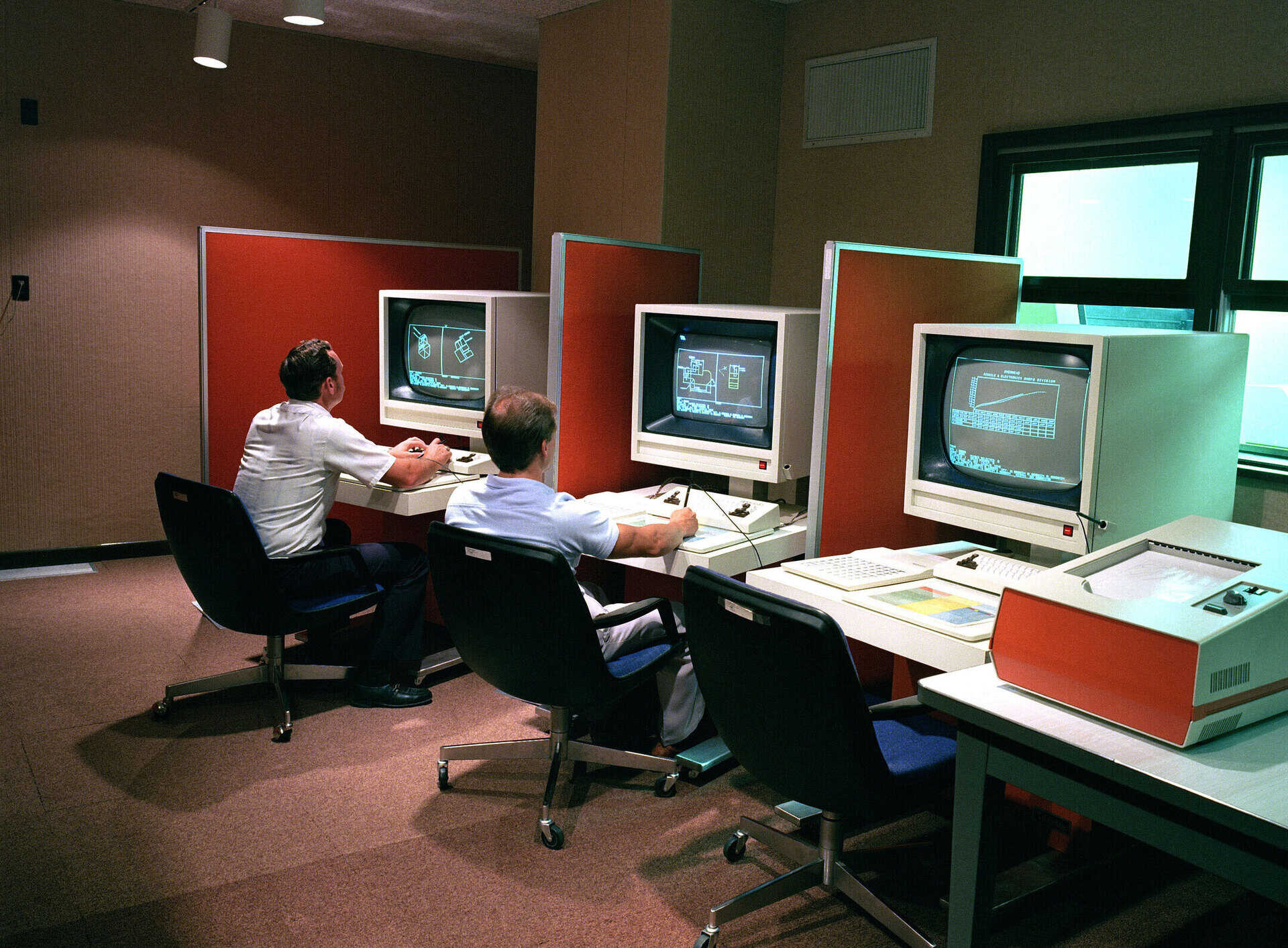
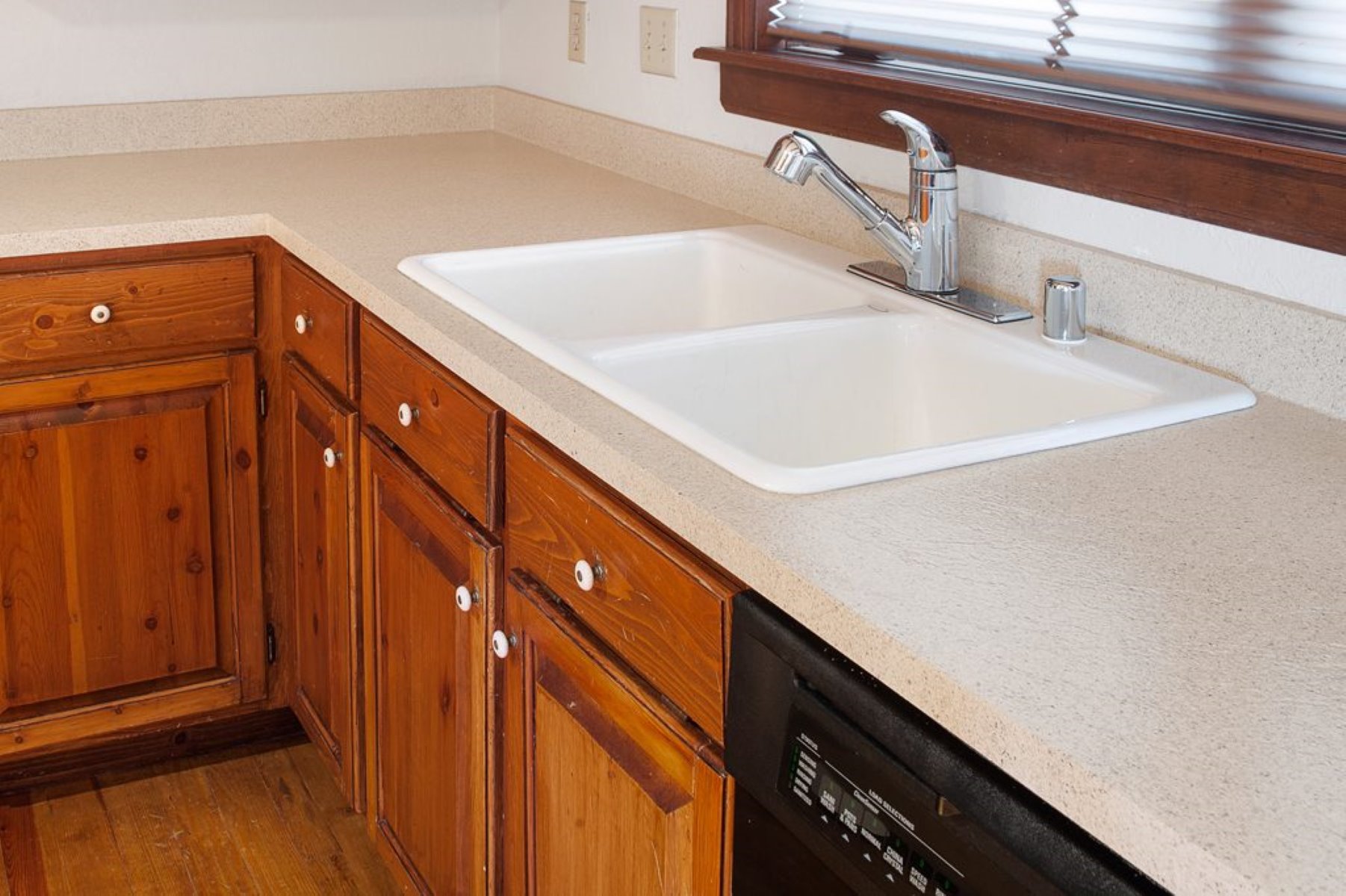
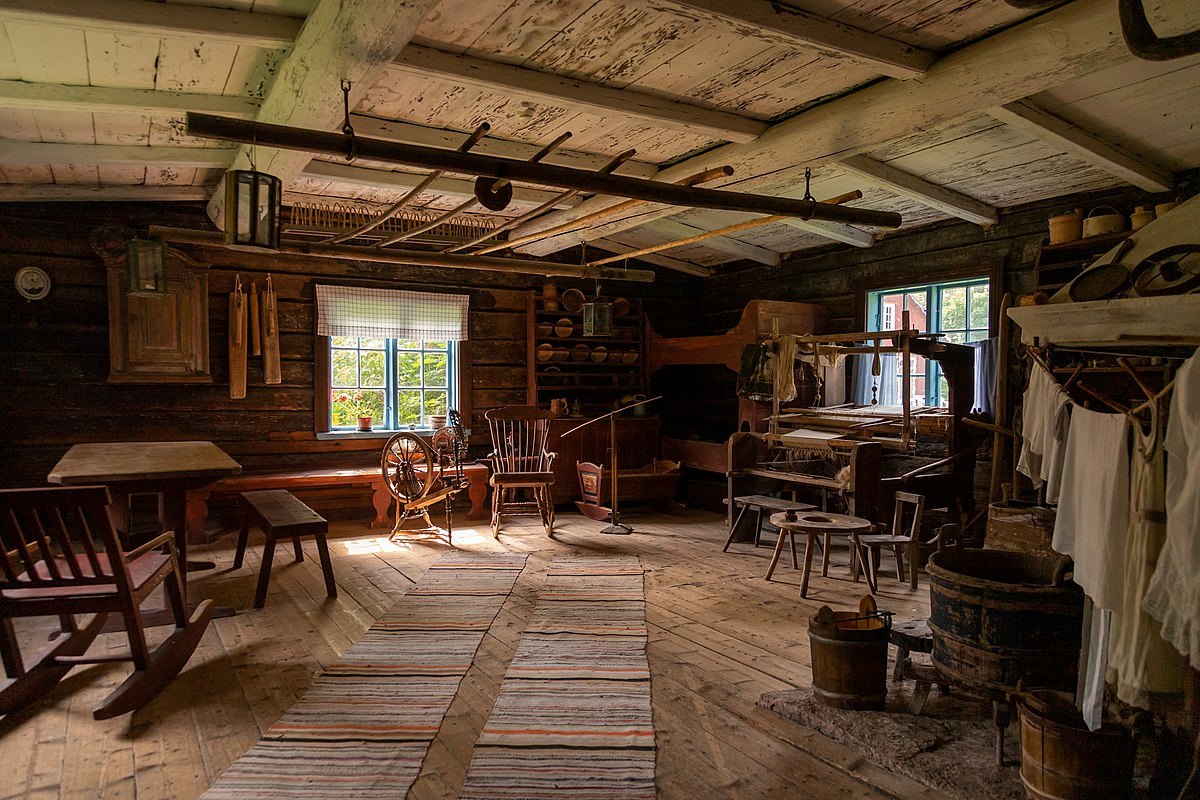

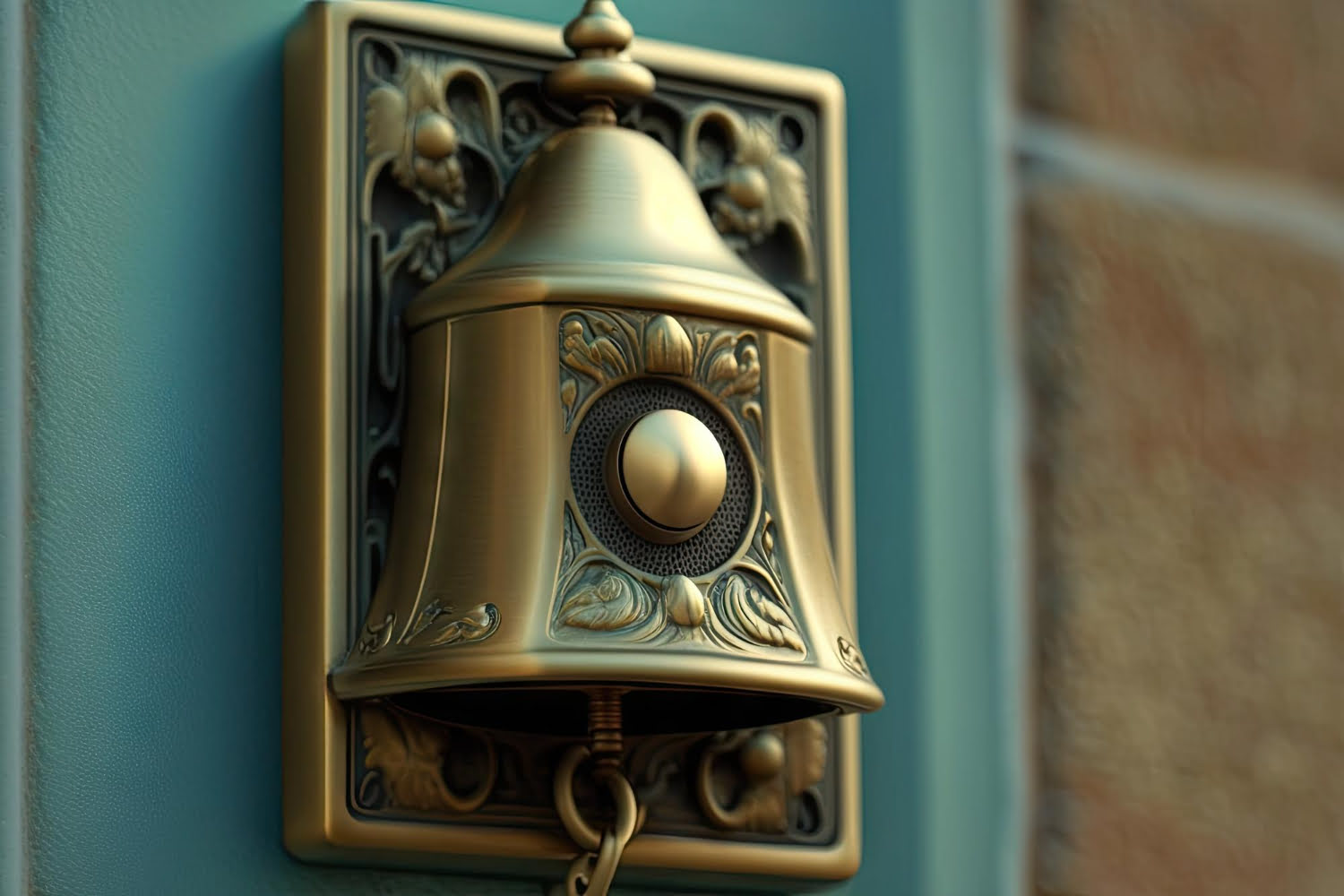
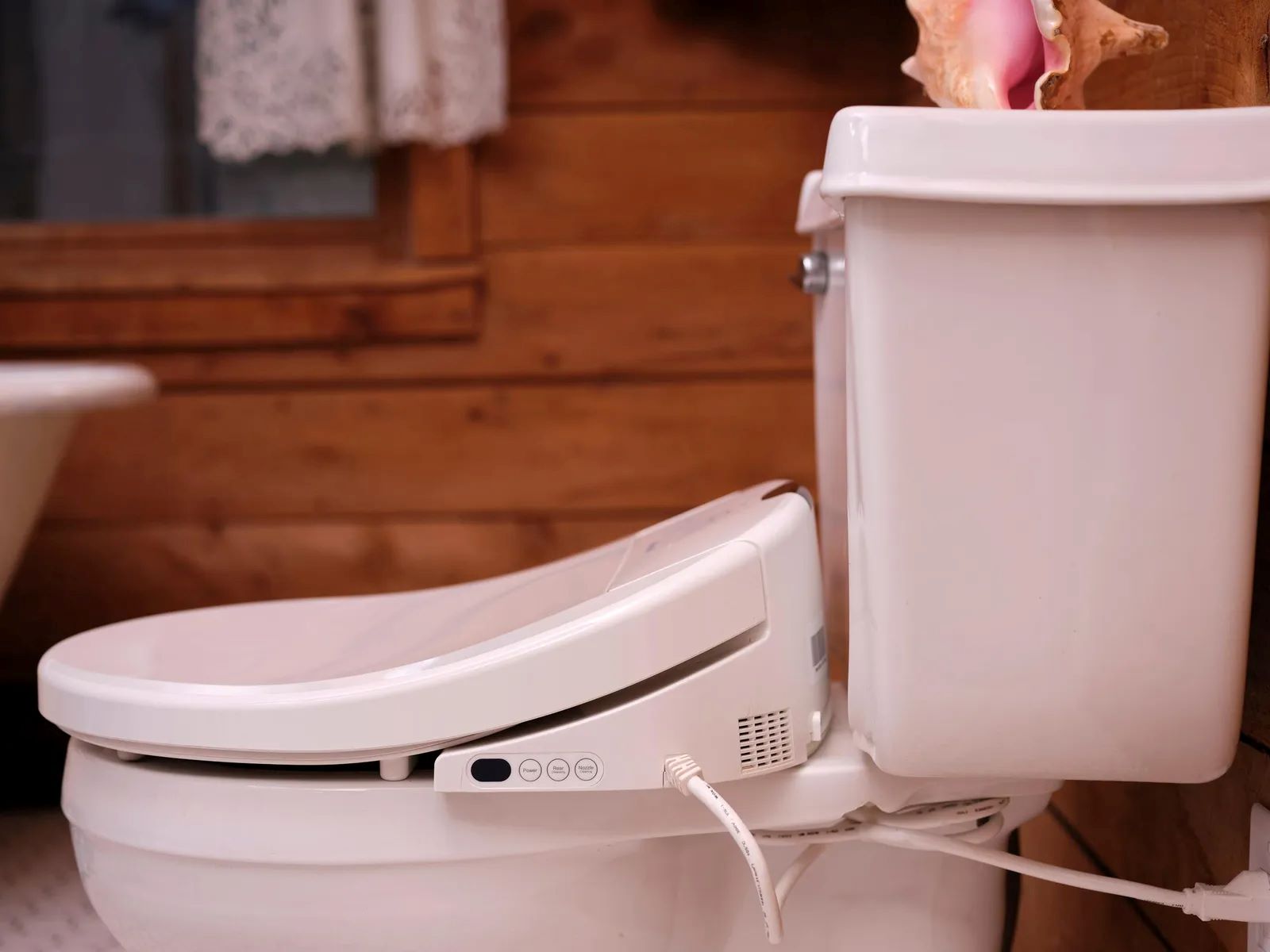
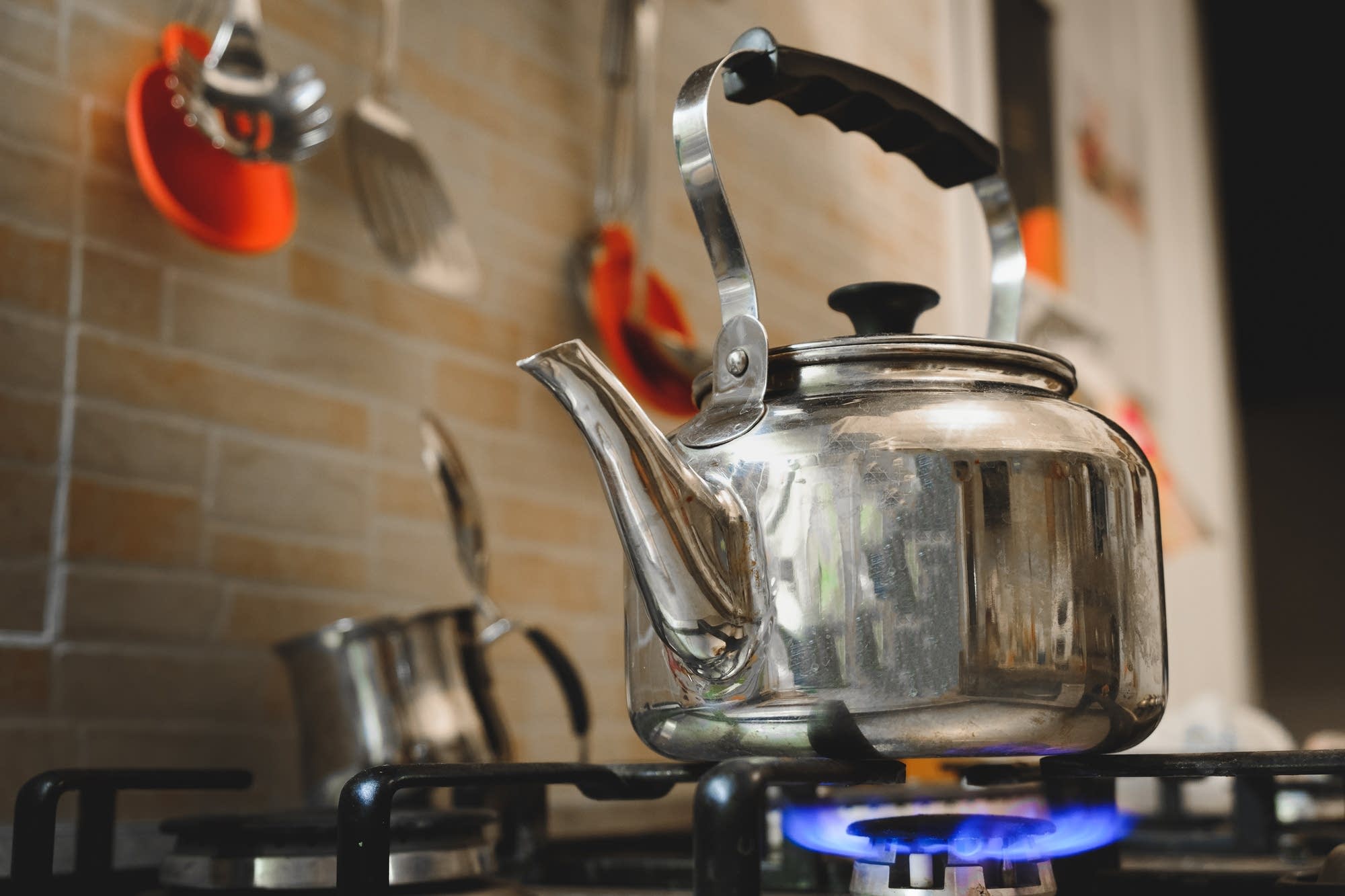
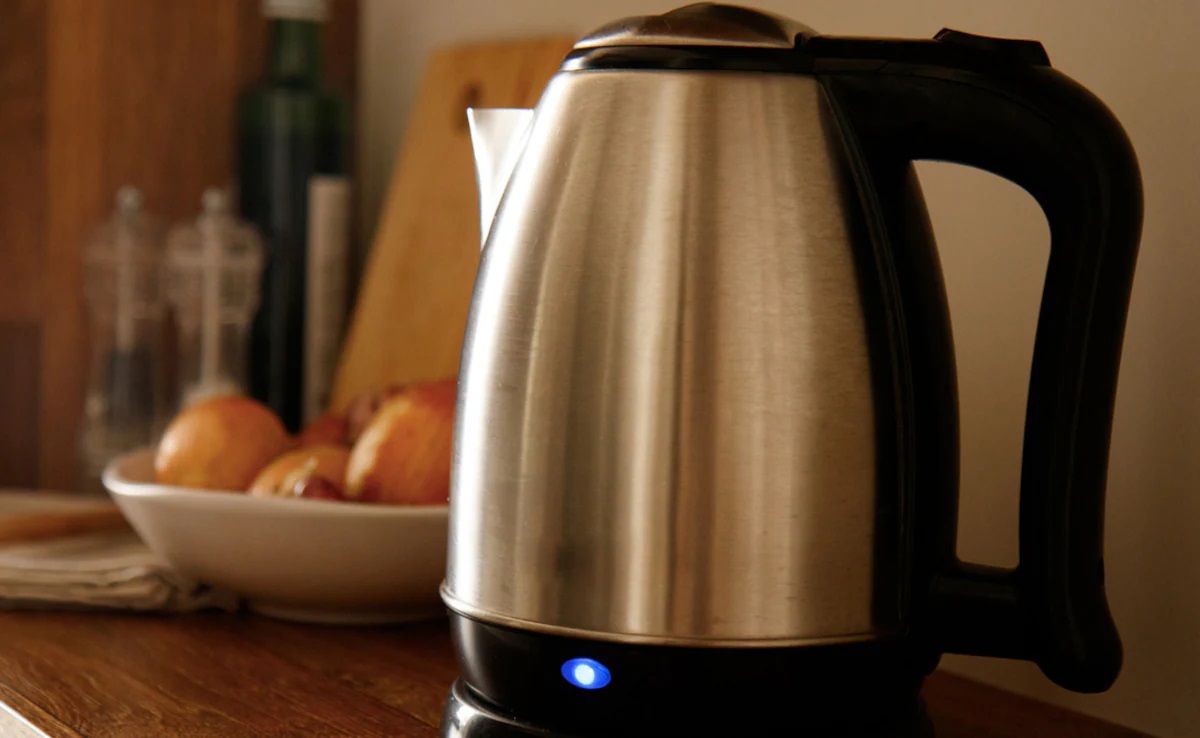
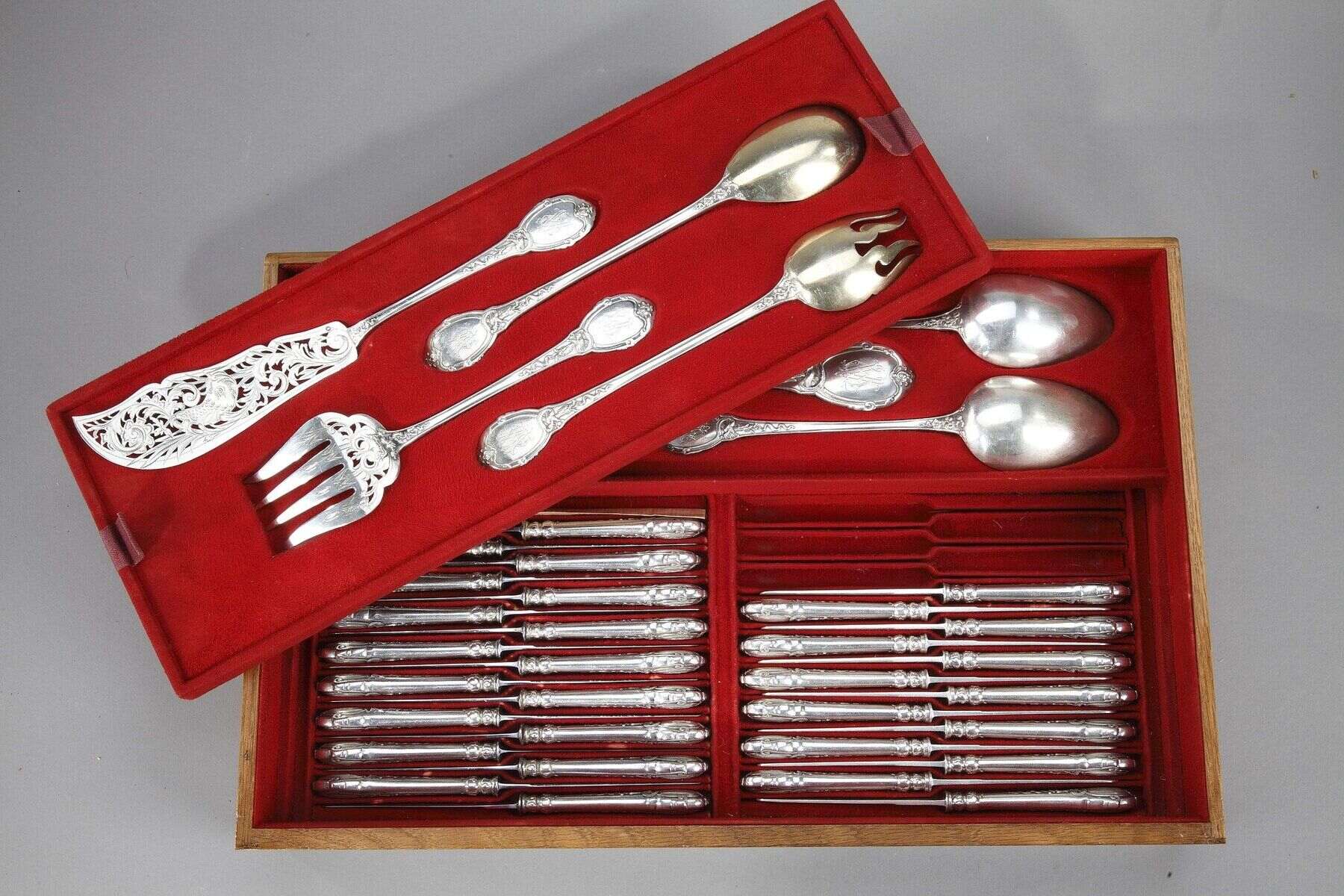
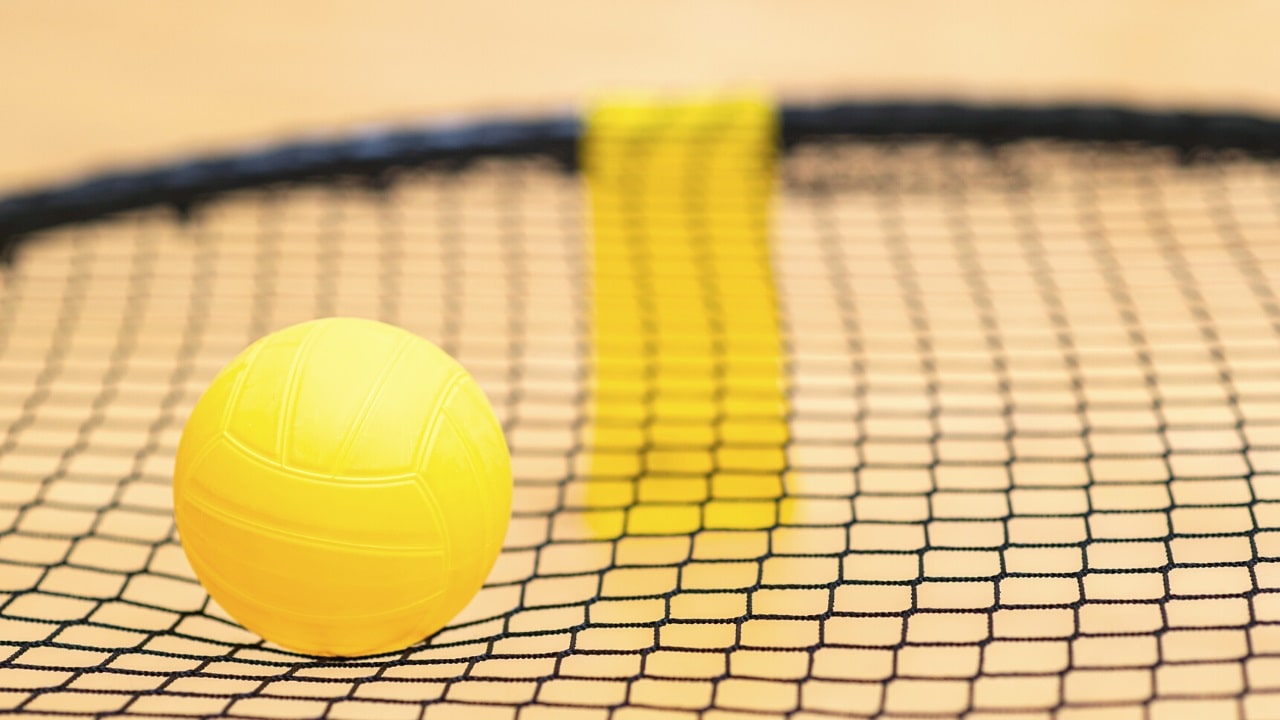
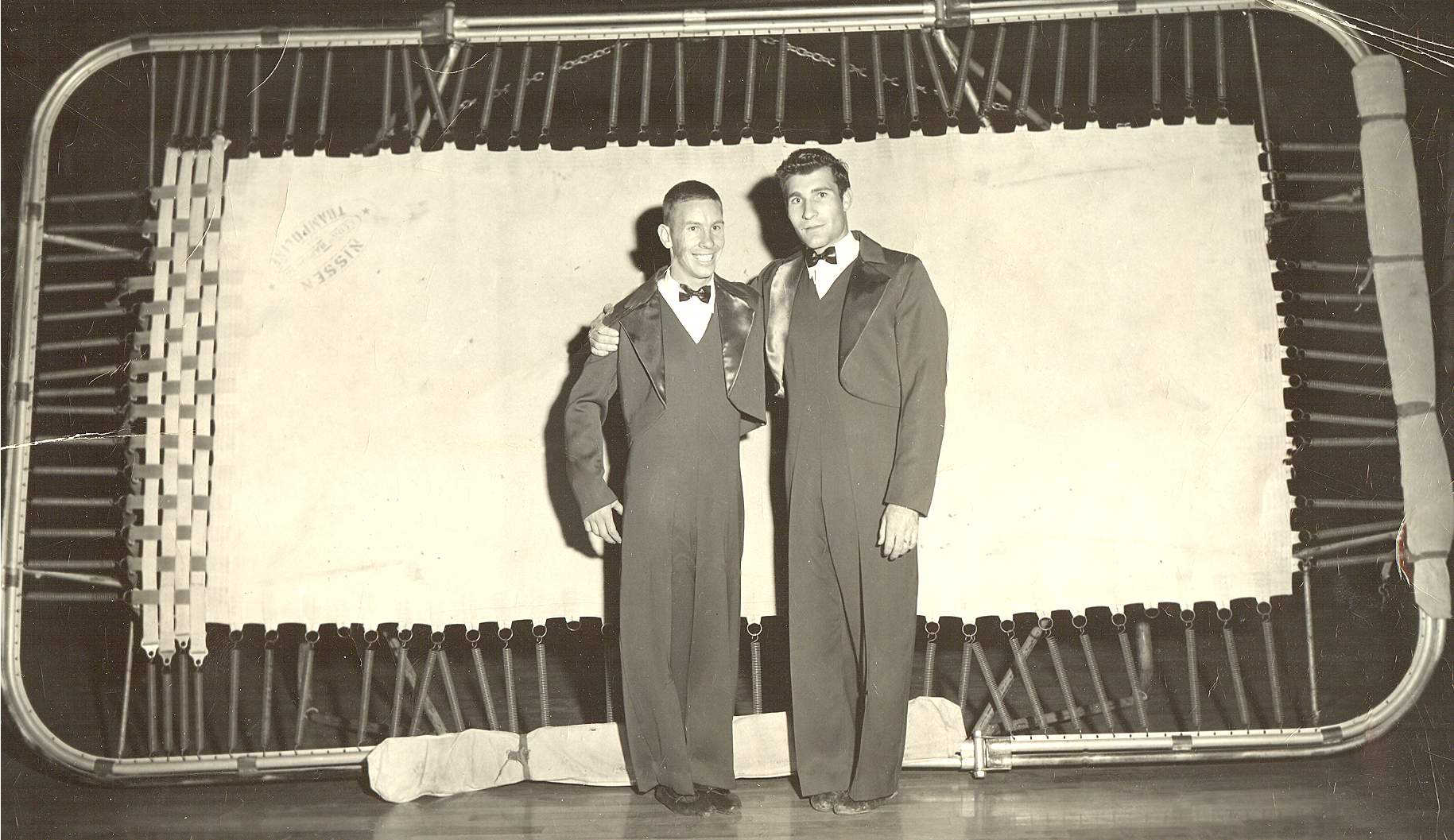
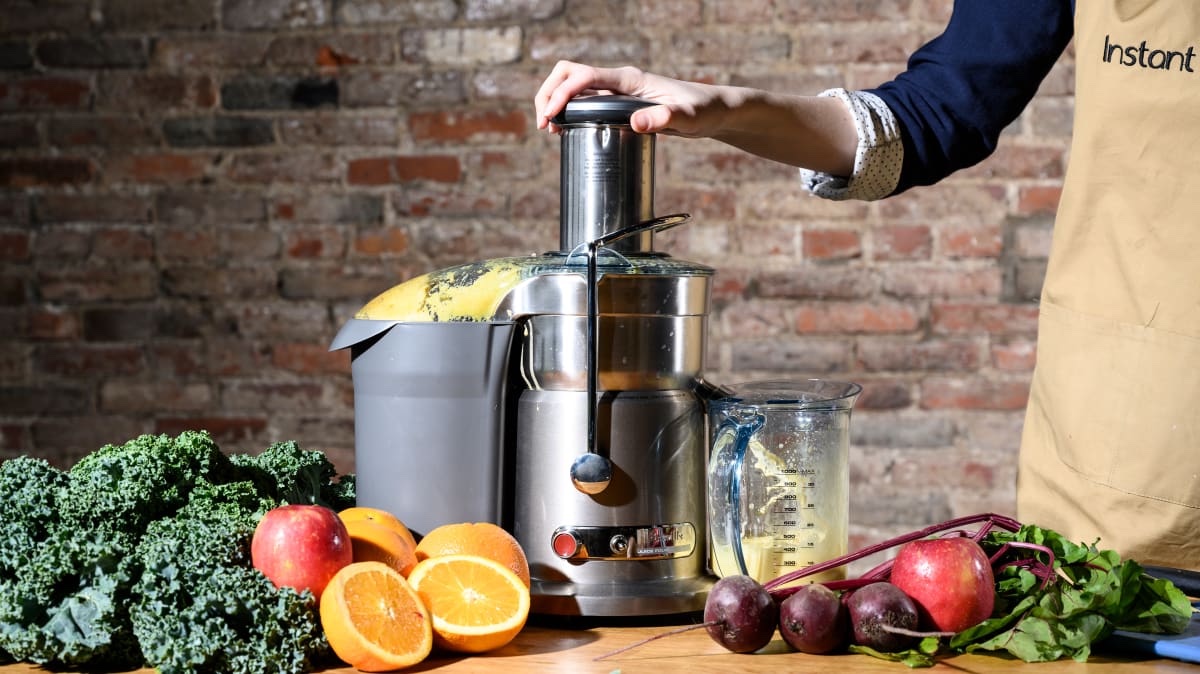

0 thoughts on “Who Invented The Tea Kettle”